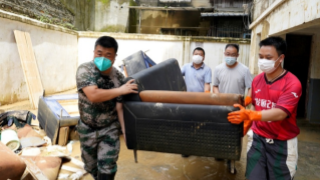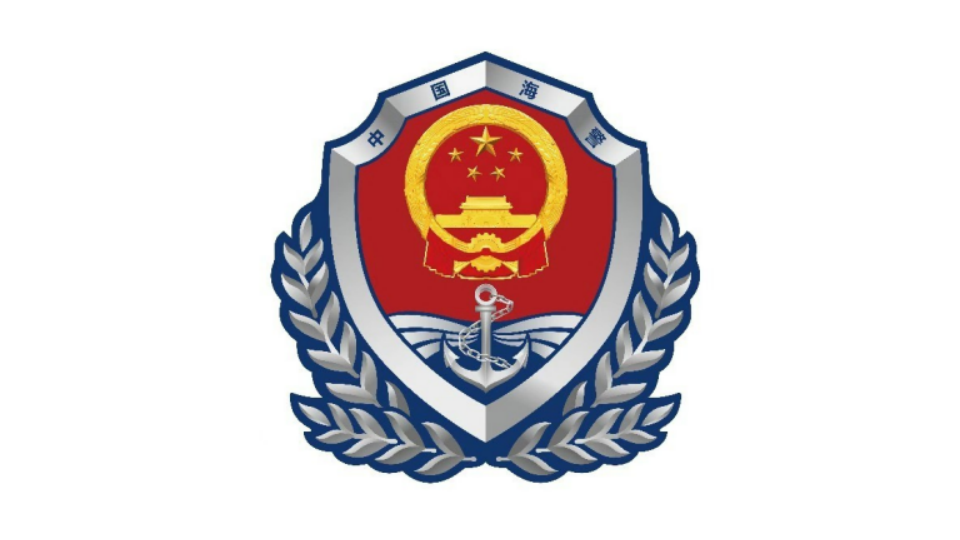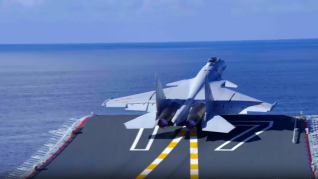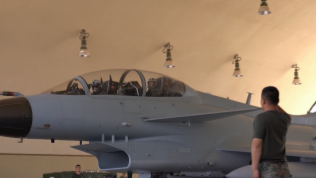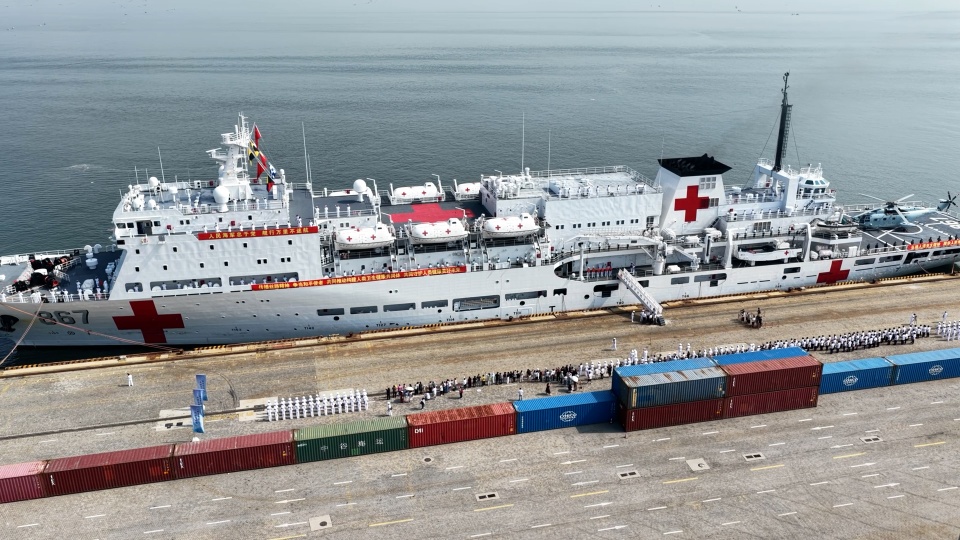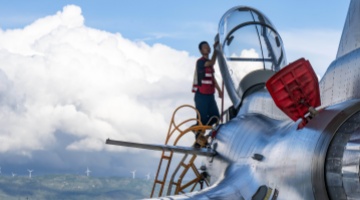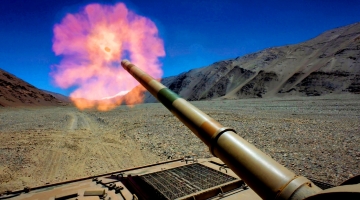By Du Chaoping
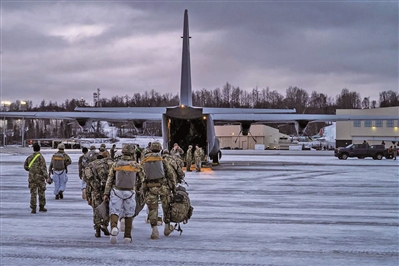
US Army personnel participates in the Joint Pacific Multinational Readiness Center exercise 25-02 (JPMRC 25-02) Arctic deployment drill.
Recently, newly appointed US Defense Secretary Pete Hegseth made a series of statements on NATO and European security. Against the backdrop of US-Russia talks sidelining Europe and cooling transatlantic relations, NATO, as the military organization bridging US-Europe security ties, is also facing a new turning point. Since Donald Trump's re-election as US president, American military activities in the Arctic have become increasingly frequent.
From January 16 to 25, the US military held JPMRC 25-02 at Joint Base Elmendorf-Richardson in Alaska. Around 10,000 personnel from the US Army, Air Force, and Marine Corps, as well as the Canadian and Mongolian armed forces, participated in the exercise. In temperatures below minus 30 degrees Celsius, they simulated combat procedures in a battlefield environment.
From February 6 to March 13, the US Army conducted exercise Gothic Sentinel at Camp Ethan Allen in Vermont, focusing on mountain warfare skills in extreme cold conditions.
From February 17 to 28, the US Army Europe and Africa led the multinational joint exercise Arctic Forge 25 in northern Finland and other locations. It aimed to enhance participating forces' operational capabilities in complex weather conditions while further strengthening US and allied interoperability in the Arctic region to prepare for potential conflicts or crises. The biennial exercise, with participating forces from NATO member countries, is not conducted under the NATO framework but based on the Arctic strategy of the US Army.
In addition, since mid-February, the US Army has been conducting extreme cold temperature testing on the M10 Booker armored infantry support vehicle at Fort Greely in Alaska, to assess its operational effectiveness in harsh weather conditions and prepare for full-scale production.
As a special force of the US Army, the 10th Mountain Division regularly conducts mountain warfare training in cold weather conditions. The division is equipped with specialized gear designed for extreme cold environments and its soldiers are trained to perform combat missions under such harsh conditions. The 11th Airborne Division was reactivated in Alaska in 2022 and is the only divisional-level unit of the US military in the Arctic region. The deployment of these two units in multinational joint exercises is primarily aimed at serving US geopolitical interests in the Arctic region.
During his first term in office, Donald Trump openly stated that the Arctic region would become a key battleground in the future. The Report on the Arctic Strategy of the US issued by the Pentagon explicitly designates the Arctic as "a potential corridor for strategic competition." Under this strategic guidance, the US Coast Guard, Air Force and Space Force, Navy, and Army have successively released their own Arctic strategies. After Donald Trump was re-elected as president, he declared his intention to "buy" Greenland, suggested making Canada the 51st US state, and again withdrew from the Paris Agreement aimed at addressing climate change. These actions by the US in the Arctic reflect its ambition to consolidate its hegemonic position in the region.





